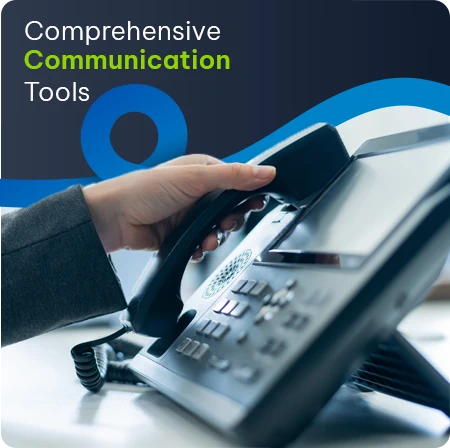As the hard reality of the COVID-19 hits us, businesses have had no other alternative but to instruct employees to work from home.
With more meetings taking place remotely and users jumping onto Teams, Skype and Zoom, the need for high-speed, reliable and affordable connectivity has never been greater.
Needless to say, access to reliable connectivity has become as much a necessity as air and water – an absolute must-have to rate a livelihood in the digital age.
Our behaviour has changed, and we have had to quickly adapt accordingly. The entire family is now on lockdown 24/7 in a concentrated area. Something that we never in our wildest dreams imagined would happen.
The kids are home streaming movies and playing video games, pulling data down, and the grownups are pulling data up working online – and so, the work and play balance has been manically put on its head. The struggle is real.
So, what are the options available to us?
Mobile data
It’s exactly just that – mobile – giving you an Internet connection anywhere as long as you’re connected to a cellular network.
Fixed LTE
The best way to describe LTE (Long Term Evolution) is perhaps that it’s like Fibre but in the sky. Albeit a fast and stable connection, ideal for remote working, it’s not as fast as Fibre.
Fibre
The Ferarri of connectivity! Unlike with mobile, Fibre is uncontended with unlimited capacity and speeds can be upped as required. With a speed of up to 200Mbps, it’s ideal when the whole family is working and playing from home! It’s the most reliable form of connectivity and now more than ever, becoming a necessity.
Busting myths – some food for thought
Who wins when it comes to speed?
- With Fixed LTE, if you do not have perfect line of sight to a base station with capacity, you will never get the expected and promised throughput speeds no matter what speeds are advertised. And let’s be real – it’s not going to cut it where multiple people need to connect – even more so with mobile data!
- Download speeds are another myth. It’s been proven, of late, that some LTE networks are getting 0.6Mbps download speed, once again proving that LTE cannot cope with the current required capacity.
Which option is easier on your pocket?
- There is a perception that South African data costs are exorbitant, but that is an ignorant view – Mobile data costs are exorbitantly high, but our fixed line data costs are comparable with the rest of the world.
- Cost-wise, mobile data is by far the most expensive option, fixed LTE less so and hands down, Fibre is the most cost effective.
- All fixed or mobile data have a cap and fair use policies which, compared with Fibre, is in a different league.
- Then consider the router costs: The cost for an LTE router is at least four times more expensive than a Fibre router.
Having taken the above into account, the reality is that with such a demand for Internet and connectivity, one needs to work with an uncapped product or mid-month, all your data will be depleted as will your wallet!
It’s therefore fair to assume that the fact that there have been cable breaks in the last few days proves that Fibre is working extraordinarily and there is no better alternative.











